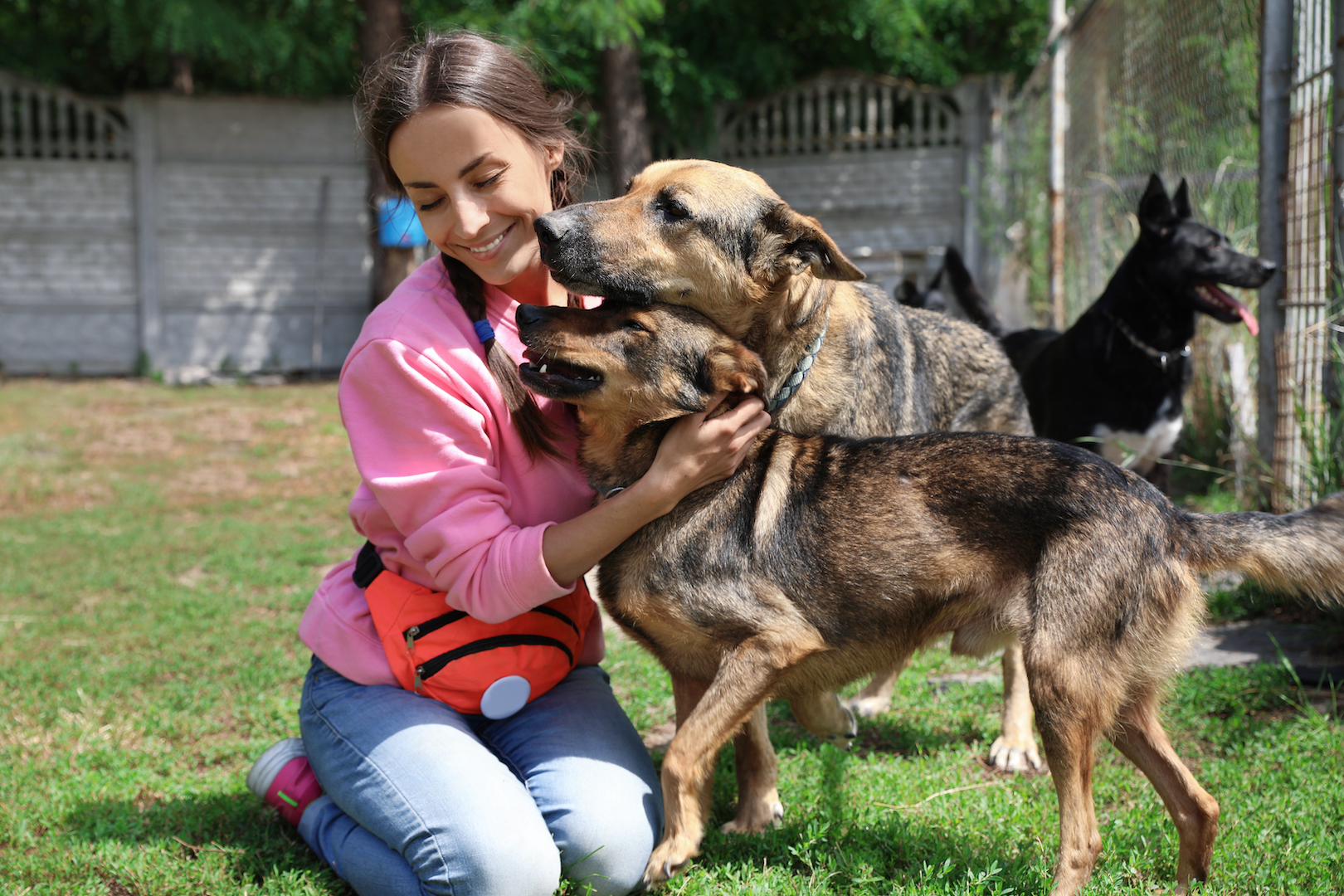
Animal Shelters Role in the Community
Animal shelters play a crucial role in the United States, serving as safe havens for stray, abandoned, and surrendered animals. These shelters are more than just temporary housing; they are institutions dedicated to the welfare of animals, with a primary focus on rehoming, rehabilitation, and education. In this article, we will delve into what defines an animal shelter in the United States, explore the various activities these shelters undertake, and how they differ from an Animal Rescue
What is an Animal Shelter?
An animal shelter, often referred to as a humane society, pound, or animal control center; is an establishment that provides temporary housing and care for animals in need. These facilities aim to protect animals from harm, promote responsible pet ownership, and facilitate the adoption of pets into loving homes. In the United States, animal shelters operate at various levels, generally run at the county or city level.
Key Characteristics of Animal Shelters:
- Temporary Housing: Animal shelters offer temporary housing for a wide range of animals, including dogs, cats, rabbits, and sometimes even exotic pets. These facilities provide a safe and comfortable environment for animals awaiting adoption, rescue, or reunification with their owners.
- Housing Arrangements: Animal shelters utilize a central facility where animals are kept a series of pens or cages where animals are kept.
- Medical Care: Animal shelters are equipped to provide basic medical care for their residents. This includes vaccinations, spaying or neutering, treatment for injuries or illnesses, and preventive measures to ensure the overall health and well-being of the animals.
- Behavioral Assessment and Training: To increase the chances of successful adoption, many shelters conduct behavioral assessments of animals. Shelters may also offer training programs to address behavioral issues and enhance the adoptability of pets.
- Identification and Reunification: Animal shelters strive to reunite lost pets with their owners. They often use microchipping and other identification methods to help locate and contact owners whose pets end up in the shelter.
- Adoption Services: A core function of animal shelters is facilitating the adoption of animals into loving homes. Shelters typically have adoption processes that involve screening potential adopters to ensure compatibility with the pet’s needs.
Activities of Animal Shelters:
- Rescue and Intake: Animal shelters rescue animals from various situations, including neglect, abuse, and natural disasters. They also accept animals surrendered by owners who can no longer care for them. The intake process involves documentation, health checks, and initial vaccinations.
- Medical Care and Rehabilitation: Shelters prioritize the health of animals in their care. Veterinary staff administer vaccinations, perform spaying or neutering surgeries, and address any medical issues. Animals that have experienced trauma or abuse may undergo rehabilitation programs to help them recover physically and emotionally.
- Behavioral Assessment and Training Programs: To improve the adoptability of animals, shelters conduct behavioral assessments. Animals that exhibit behavioral challenges may receive training and enrichment to enhance their socialization skills and overall behavior.
- Lost and Found Services: Animal shelters provide a crucial service for lost pets and their owners. Through microchipping, identification tags, and registration systems, shelters work to reunite pets with their families, reducing the number of animals without homes.
- Adoption Events and Outreach: Shelters actively promote pet adoption through events, social media, and community outreach programs. These efforts aim to raise awareness about the importance of adopting from shelters and dispel myths about shelter animals.
- Educational Initiatives: Many animal shelters engage in educational programs to promote responsible pet ownership. This includes information on spaying/neutering, proper nutrition, regular veterinary care, and the significance of adopting rather than buying pets.
Conclusion:
Animal shelters in the United States are multifaceted institutions that go beyond providing temporary housing for animals. They actively engage in rescue, medical care, behavioral assessment, adoption services, and community outreach. By understanding the defining characteristics and activities of animal shelters, individuals can better appreciate the essential role these organizations play in promoting the welfare of animals and building compassionate communities.
Read about an Animal Rescues here and see what the differences are from an Animal Shelter. Project Save Them All supports both animal shelters and rescues that align with our view where a majority of funding goes to the animals; not operations, salaries, etc.
